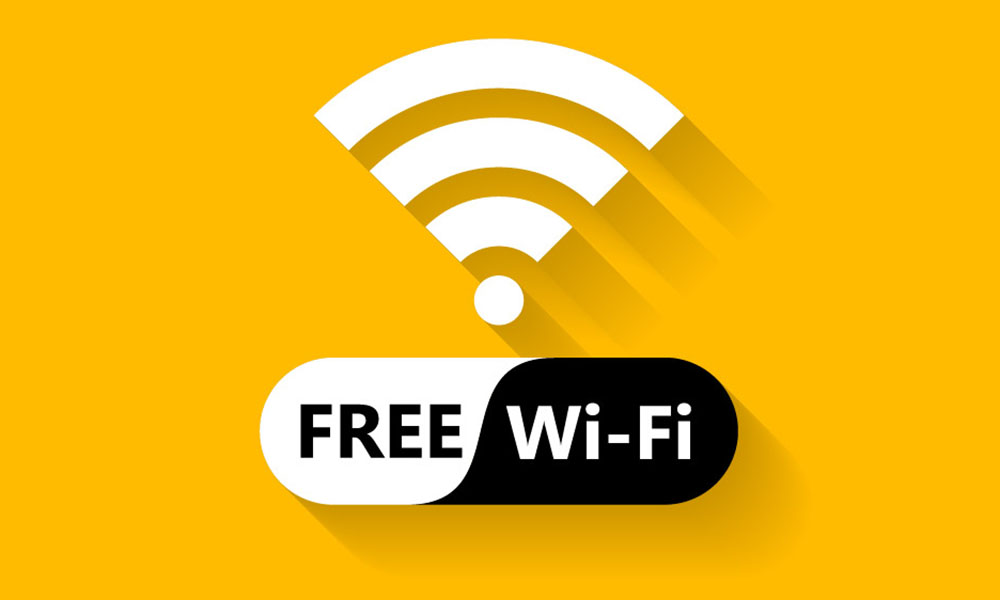Table of Contents
Public Wi-Fi networks
Public Wi-Fi networks allow users to connect to the internet without needing a private network or cellular data. These networks are typically provided for free or at a low cost by businesses and public institutions to attract customers or provide a public service. Despite their convenience, public Wi-Fi networks can be vulnerable to various security threats, such as data interception, unauthorized access, and malware attacks. Understanding how to use public Wi-Fi safely is crucial for protecting sensitive information. Public Wi-Fi to use your gadgets and Sometimes you run out of data on your cell phone plan, so you need to connect to any public Wi-Fi. However, there are certain risks that you may not be aware of yet.What is a public WiFi?
A public WiFi hotspot works, from a user’s point of view, in much the same way as a WiFi network you might find in your home or office. These access points broadcast an Internet connection using special wireless equipment to create a WiFi network to which you can connect a tablet, smartphone, computer, or other device. Also Read: How to use Whatsapp Business to boost your business A public network is a network to which anyone can connect. The best, and perhaps only pure, example of such a network is the Internet. A private network is any network to which access is restricted. If you are connecting a system to the Internet, you need to get a valid registered IP address.What are the risks associated with using public Wi-Fi?
Public Wi-Fi networks are often unsecured, making it easier for cybercriminals to intercept data transmitted over the network. Risks include:- Data Interception: Hackers can capture sensitive information like passwords and credit card numbers.
- Unauthorized Access: Cybercriminals can gain access to devices connected to the same network.
- Malware Distribution: Public Wi-Fi can be used to distribute malicious software to connected devices.
this information is very useful for all those who need an Internet connection in public spaces, even more so if you are traveling abroad and may not know the reliability of these public lines.
Benefits of using public Wi-Fi
Having public Wi-Fi is a real blessing when you have no other way to connect to the Internet. Imagine that you arrive in Rome for work and need to communicate with the people who are going to pick you up. Since you don’t have a local phone line, you need Internet access to communicate with them. Thank God that Rome-Fiumicino International Airport offers free Wi-Fi without time limits! This is a pretty obvious advantage of public Wi-Fi: it gets you out of trouble when you need it most. On the other hand, the existence of public Wi-Fi in cities implies a series of advantages that have a direct impact on society,How can I protect myself when using public Wi-Fi?
Using public Wi-Fi can lead to a very common phishing strategy, where if the user wants to enter their email, for example, the scammer redirects them to a page that is seen a lot, but is not the original in order to obtain your credentials to sell your data on the black market or to commit other types of email fraud. To protect yourself on public Wi-Fi, follow these tips:- Use a VPN: A Virtual Private Network (VPN) encrypts your internet connection, making it difficult for hackers to intercept your data.
- Enable Firewall: Ensure your device’s firewall is turned on to block unauthorized access.
- Use HTTPS: Ensure websites you visit use HTTPS to encrypt data between your device and the website.
- Disable Sharing: Turn off file sharing and other sharing settings on your device.
- Keep Software Updated: Ensure your operating system and applications are up to date with the latest security patches.
Disadvantages of public Wi-Fi
In other matters, and remembering these wise words of Rumplestiltskin, you have to understand that all magic has a price, my dear. So there are many things to consider when using public Wi-Fi. The main thing to know is that there are two types of public Wi-Fi networks: secure networks and insecure networks. To connect to an unsafe network, you must be within the necessary range and it is dangerous because it does not have an element that blocks unwanted interference. On the other hand, a secure network requires that the user accept the legal conditions for its use, must register an account or have the corresponding password to enter that network.Is it safe to access sensitive information on public Wi-Fi?
It is generally not recommended to access sensitive information, such as online banking or shopping, on public Wi-Fi due to the potential security risks. If you must access sensitive information, use a VPN to encrypt your connection and ensure the website uses HTTPS. Also Read: How to Watch ATRESplayer worldwide When you connect to a public Wi-Fi network without proper security settings, a worm can enter your computer from another device connected to the same network you are using, causing a serious mess on your device.How to secure using public Wi-Fi
So while browsing secure pages (Https) or using known applications, your data is not in danger. In this case, you have to be especially careful with passwords, because if you are on an unsecured network (Http), a sniffer could detect your unencrypted traffic. Also, if you access a subscription or a forum with the same username and password that you use for everything, a cybercriminal could break into your Facebook, email, Twitter and Instagram accounts. In addition, another of the most common threats on public networks is the so-called “Man in the Middle” or MITM (“person in-between”) attack. The MITM attack is a kind of espionage. When a computer or phone connects to the Internet, data is sent from that device to a service or web page. You can also get a worm that is very similar to traditional computer viruses, but doesn’t need an anchor program to work because worms can spread on their own.What should I do if I suspect my device has been compromised on public Wi-Fi?
Disable the system to automatically connect to the Wi-Fi network when you are in unknown places. You should keep an eye on the Bluetooth connection in public places, as the Bluetooth connection allows various items to connect, which could allow a hacker to see and break through the signal used by your smart systems and gain access to your connected devices. If you suspect your device has been compromised:- Disconnect Immediately: Disconnect from the public Wi-Fi network.
- Run a Security Scan: Use antivirus software to scan and remove any detected malware.
- Change Passwords: Change passwords for any accounts you accessed while on the public Wi-Fi.
- Monitor Accounts: Keep an eye on your financial accounts for any unusual activity.

